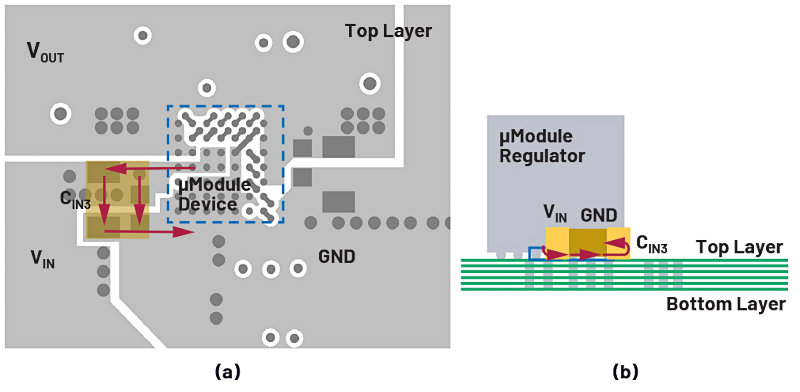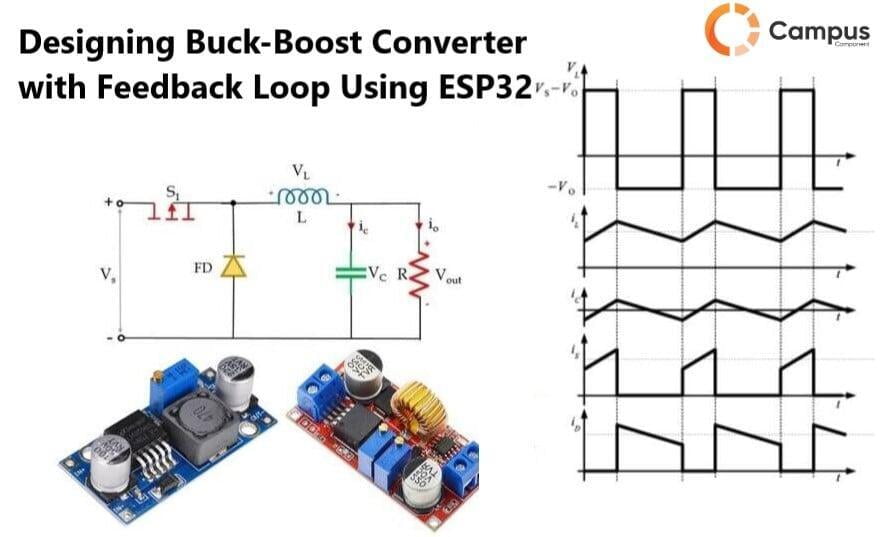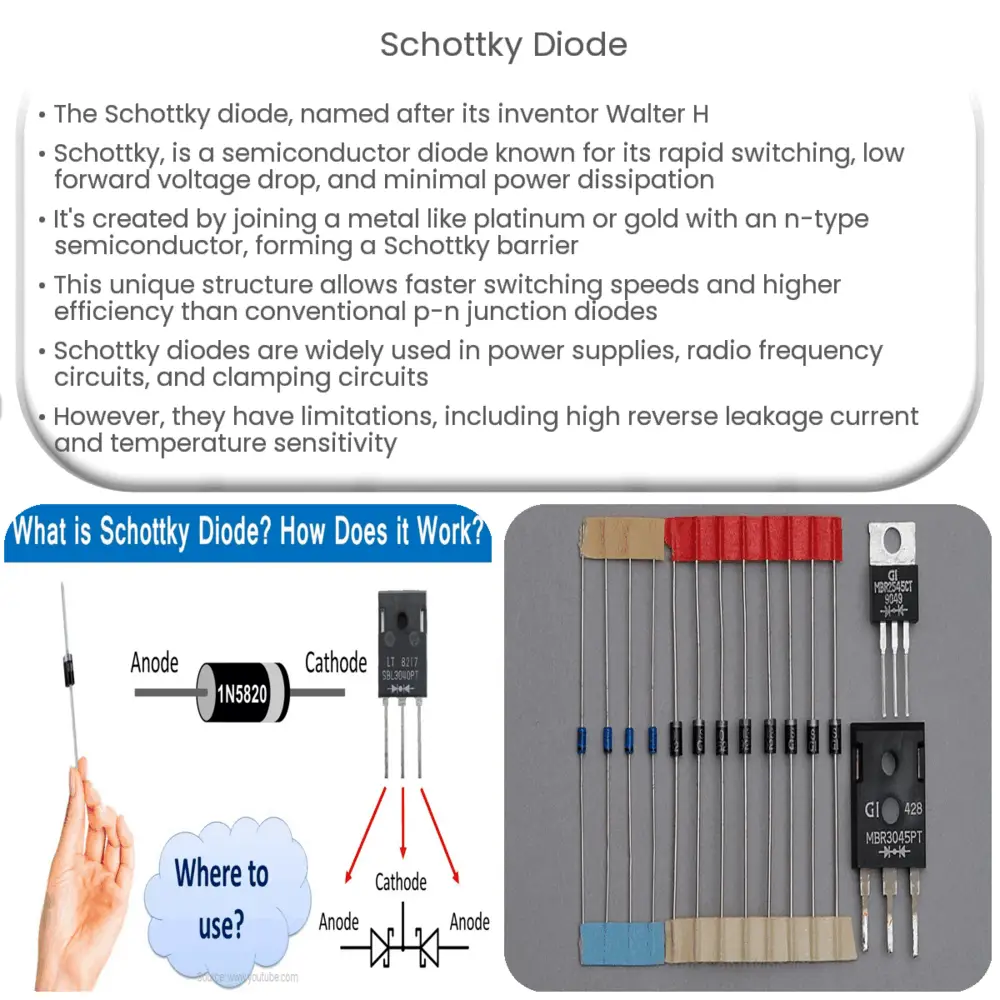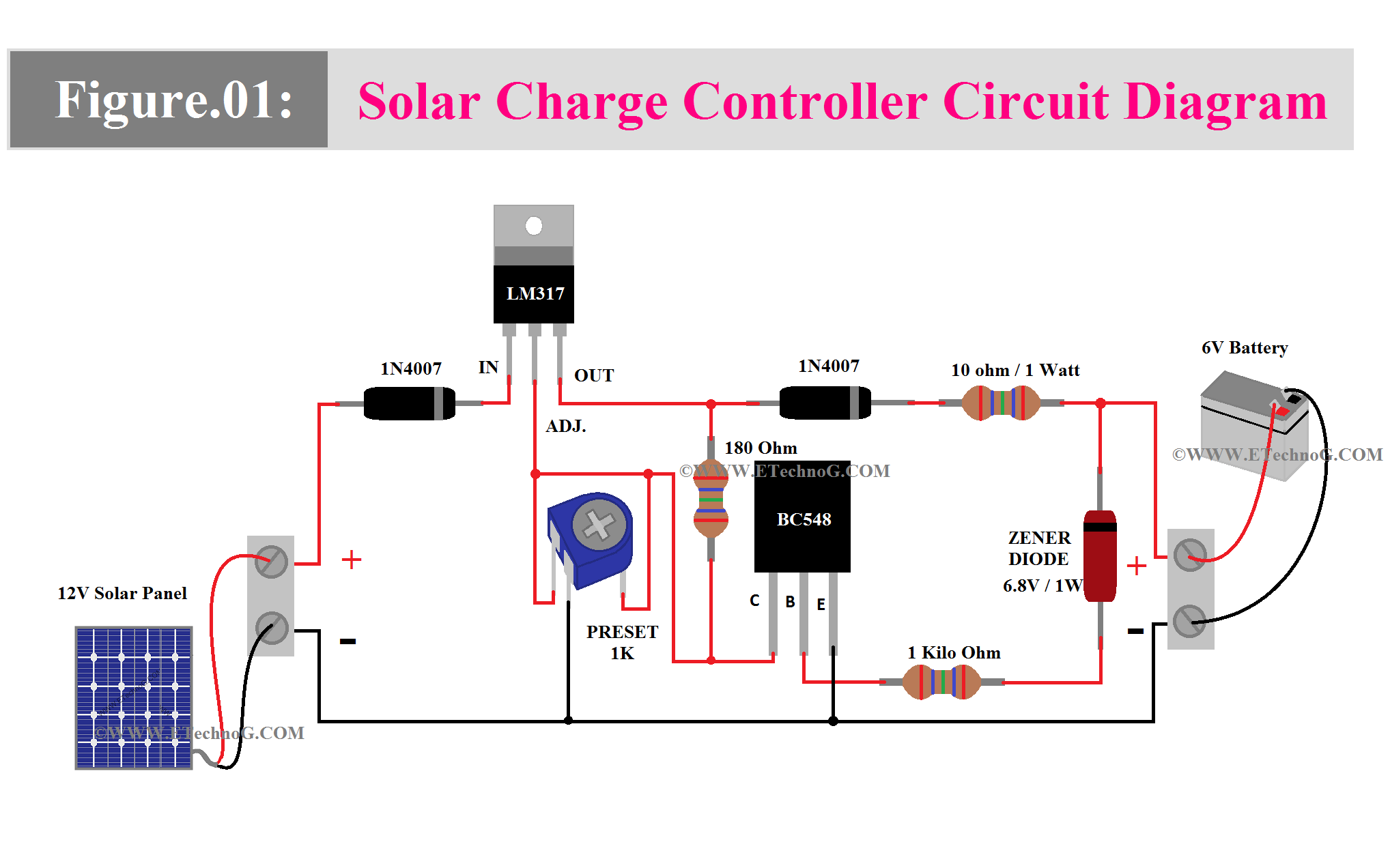How to Optimize Switching Power Supply Efficiency
Switching power supplies are an essential component in many electronic devices, providing efficient power conversion for a wide range of applications. However, optimizing the efficiency of a switching power supply is crucial for maximizing performance and reducing energy consumption. In this article, we will explore some tips and techniques for improving the efficiency of switching power supplies.
Choose the Right Components
One of the most important factors in optimizing the efficiency of a switching power supply is selecting the right components. This includes choosing high-quality capacitors, inductors, and transistors that are rated for the designed power levels. Using components that are oversized can lead to unnecessary power losses, while undersized components can result in overheating and reduced efficiency.
Additionally, selecting components with low Equivalent Series Resistance (ESR) and Equivalent Series Inductance (ESL) can help minimize losses and improve overall efficiency. It is also important to consider the temperature rating of components to ensure they can withstand the operating conditions of the power supply.
Optimize the Control Circuitry
The control circuitry of a switching power supply plays a critical role in regulating the output voltage and current. By optimizing the control algorithm and feedback loop, it is possible to achieve higher efficiency and better load regulation. One way to improve control circuitry is by implementing soft-switching techniques, which can reduce switching losses and improve overall efficiency.
Another important aspect of optimizing the control circuitry is minimizing parasitic capacitances and inductances in the circuit layout. By reducing stray components and optimizing the layout, it is possible to minimize losses and improve efficiency. Proper grounding and shielding techniques can also help reduce noise and improve performance.
Maximize Power Density
Increasing power density is another effective way to optimize the efficiency of a switching power supply. By reducing the size and weight of the power supply while maintaining high performance, it is possible to improve efficiency and reduce energy consumption. This can be achieved by using high-efficiency components, advanced packaging techniques, and thermal management solutions.
One way to maximize power density is by utilizing Gallium Nitride (GaN) or Silicon Carbide (SiC) power devices, which offer higher switching speeds and lower losses compared to traditional silicon-based devices. These advanced materials can help improve efficiency and optimize power supply performance in a compact form factor.
Implement Efficiency-Optimization Techniques
There are several efficiency-optimization techniques that can be implemented to improve the performance of a switching power supply. One common technique is synchronous rectification, which replaces the diode rectifier with a MOSFET to reduce conduction losses and improve efficiency.
Another technique is peak current mode control, which adjusts the switching frequency based on the load conditions to improve efficiency and stability. By implementing these and other optimization techniques, it is possible to achieve higher efficiency and better performance in switching power supplies.
Conclusion
Optimizing the efficiency of a switching power supply is essential for maximizing performance and reducing energy consumption. By choosing the right components, optimizing the control circuitry, maximizing power density, and implementing efficiency-optimization techniques, it is possible to achieve higher efficiency and better overall performance in switching power supplies.
For more information on how to optimize switching power supply efficiency, consult with a professional engineer or power supply specialist to ensure your power supply meets your performance and efficiency requirements.
How to Optimize Switching Power Supply Efficiency
Switching power supplies are an essential component in many electronic devices, providing efficient power conversion for a wide range of applications. However, optimizing the efficiency of a switching power supply is crucial for maximizing performance and reducing energy consumption. In this article, we will explore some tips and techniques for improving the efficiency of switching power supplies.
Choose the Right Components
One of the most important factors in optimizing the efficiency of a switching power supply is selecting the right components. This includes choosing high-quality capacitors, inductors, and transistors that are rated for the designed power levels. Using components that are oversized can lead to unnecessary power losses, while undersized components can result in overheating and reduced efficiency.
Additionally, selecting components with low Equivalent Series Resistance (ESR) and Equivalent Series Inductance (ESL) can help minimize losses and improve overall efficiency. It is also important to consider the temperature rating of components to ensure they can withstand the operating conditions of the power supply.
Optimize the Control Circuitry
The control circuitry of a switching power supply plays a critical role in regulating the output voltage and current. By optimizing the control algorithm and feedback loop, it is possible to achieve higher efficiency and better load regulation. One way to improve control circuitry is by implementing soft-switching techniques, which can reduce switching losses and improve overall efficiency.
Another important aspect of optimizing the control circuitry is minimizing parasitic capacitances and inductances in the circuit layout. By reducing stray components and optimizing the layout, it is possible to minimize losses and improve efficiency. Proper grounding and shielding techniques can also help reduce noise and improve performance.
Maximize Power Density
Increasing power density is another effective way to optimize the efficiency of a switching power supply. By reducing the size and weight of the power supply while maintaining high performance, it is possible to improve efficiency and reduce energy consumption. This can be achieved by using high-efficiency components, advanced packaging techniques, and thermal management solutions.
One way to maximize power density is by utilizing Gallium Nitride (GaN) or Silicon Carbide (SiC) power devices, which offer higher switching speeds and lower losses compared to traditional silicon-based devices. These advanced materials can help improve efficiency and optimize power supply performance in a compact form factor.
Implement Efficiency-Optimization Techniques
There are several efficiency-optimization techniques that can be implemented to improve the performance of a switching power supply. One common technique is synchronous rectification, which replaces the diode rectifier with a MOSFET to reduce conduction losses and improve efficiency.
Another technique is peak current mode control, which adjusts the switching frequency based on the load conditions to improve efficiency and stability. By implementing these and other optimization techniques, it is possible to achieve higher efficiency and better performance in switching power supplies.
Conclusion
Optimizing the efficiency of a switching power supply is essential for maximizing performance and reducing energy consumption. By choosing the right components, optimizing the control circuitry, maximizing power density, and implementing efficiency-optimization techniques, it is possible to achieve higher efficiency and better overall performance in switching power supplies.
For more information on how to optimize switching power supply efficiency, consult with a professional engineer or power supply specialist to ensure your power supply meets your performance and efficiency requirements.



